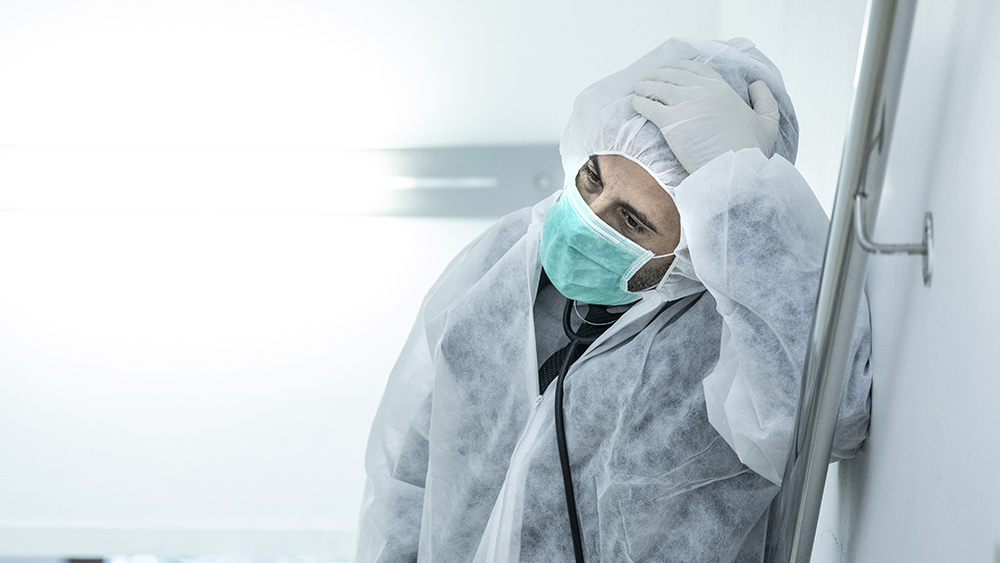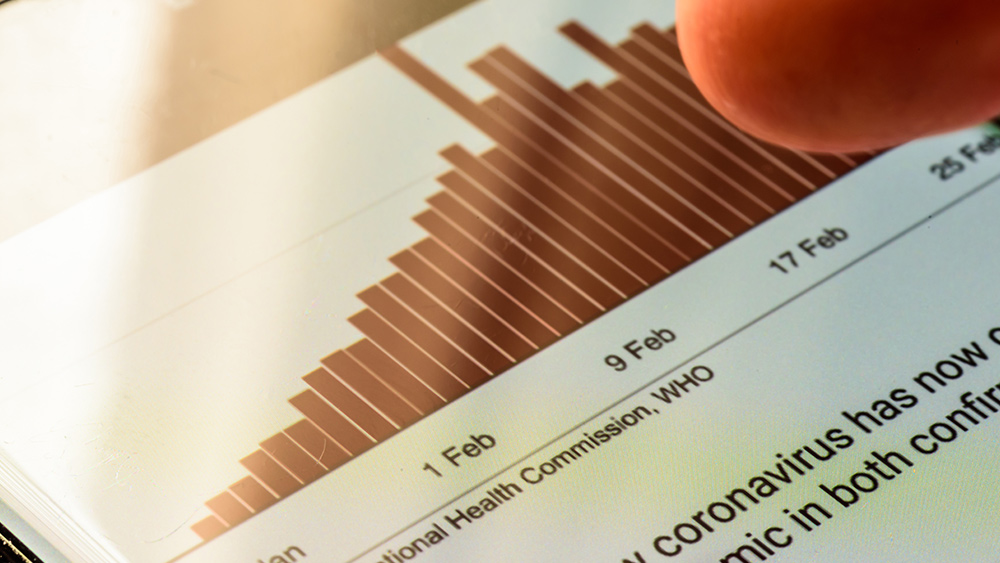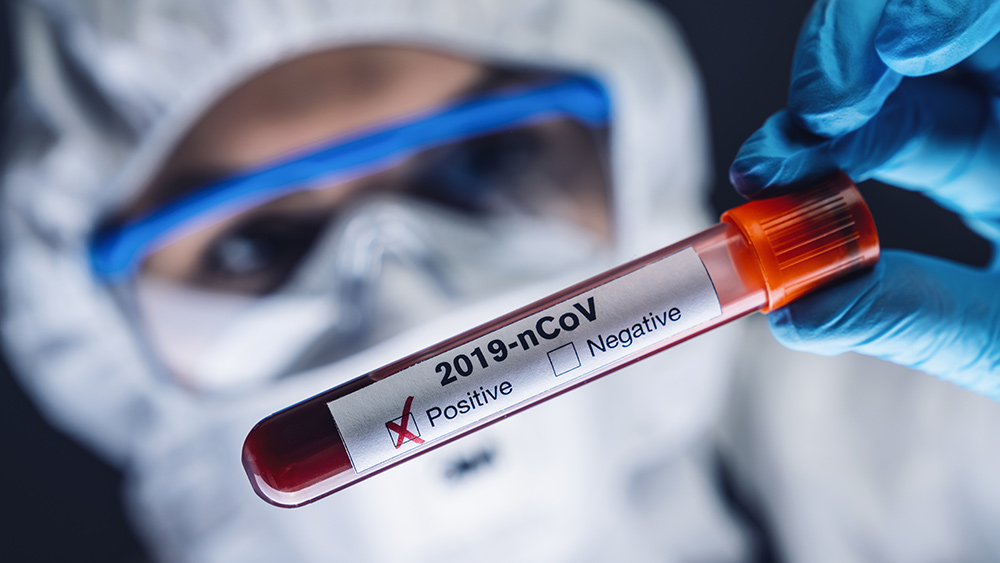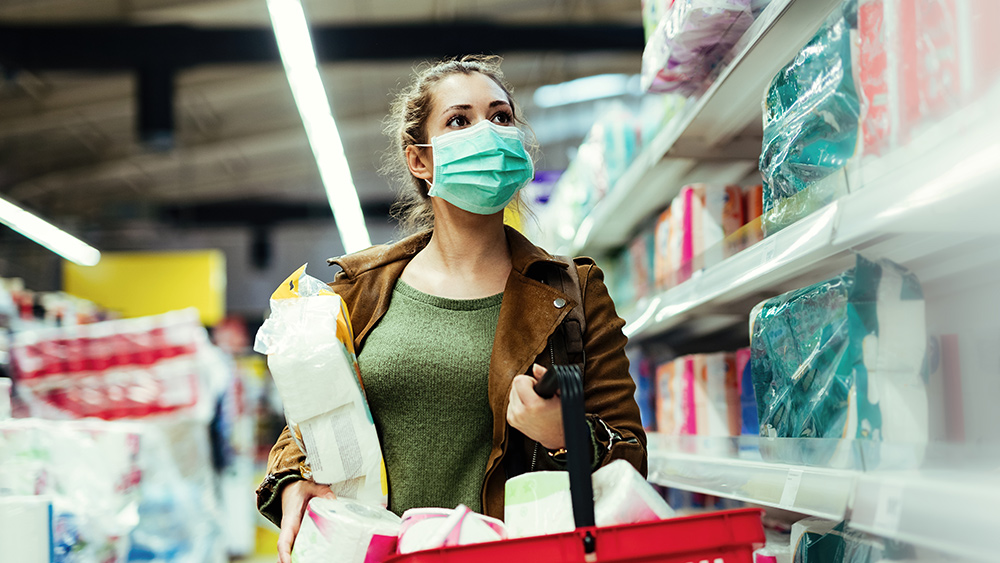Overreliance on ventilators led to coronavirus deaths, study shows
06/06/2020 / By Franz Walker

The use of ventilators to treat COVID-19 patients has come under scrutiny after a new study stated that the devices may be doing more harm than good.
The study, published in the American Journal of Tropical Medicine and Hygiene, said that mechanical ventilation can damage the lungs of COVID-19 patients, especially those who are elderly or have severe symptoms. This means that healthcare professionals will have to re-evaluate their reliance on ventilators for these patients and stop being so quick to intubate.
“This is one of the first coherent, comprehensive, and reasonably clear discussions of the pathophysiology of Covid-19 in the lungs that I’ve seen,” said Dr. Muriel Gillick, a palliative care physician at Harvard Medical School who was not involved with the study. Gillick was among the experts who questioned the effectiveness of ventilators in COVID-19 patients, according to STAT.
High-pressure oxygen damages the lungs
The reason why intubation and mechanical ventilation damages the lungs of very ill and elderly patients could be down to a poorly understood function of the disease, which behaves differently than other respiratory illnesses.
The lungs of COVID-19 patients with severe symptoms are often covered with thick mucus. This prevents the lungs from being able to absorb oxygen, even with the use of a ventilator.
In addition, unlike other types of pneumonia, the areas of lung damage in COVID-19 patients often sit right next to healthy tissue. When large volumes of oxygen-rich air are forced into the elastic at high pressures, it can lead to what the study calls “ventilator-induced injury.” These injuries include leaks, inflammation and blood clots in the lungs.
“Invasive ventilation can be lifesaving, but can also damage the lung,” co-author Marcus Schultz told STAT.
Patients with low levels of blood oxygen don’t necessarily require ventilation
Most healthcare professionals tend to use hypoxemia — having abnormally low levels of oxygen in the blood — as a sign that a patient needs mechanical ventilation. But, as the researchers pointed out, equating hypoxemia to the need for a ventilator can lead healthcare workers astray.
While the team agrees that a patient who is clearly struggling to breathe should be intubated, they noted that hypoxemia in COVID-19 patients manifests differently than with other diseases like other forms of pneumonia or sepsis.
For non-COVID-19 patients exhibiting hypoxemia, they often gasp for air and can barely speak. However, coronavirus patients — even those with blood oxygen levels at 80 percent or lower — can speak full sentences without getting winded. In addition, these patients don’t show the usual signs of respiratory distress associated with hypoxemia. For comparison, normal blood oxygen levels are in the high 90s.
“In our personal experience, hypoxemia … is often remarkably well tolerated by Covid-19 patients,” the researchers wrote. “The trigger for intubation should, within certain limits, probably not be based on hypoxemia but more on respiratory distress and fatigue.”
Without any signs of distress, the researchers state that the blood oxygen levels of coronavirus patients don’t need to be raised above 88 percent. This is a much lower level than in other causes of pneumonia.
University of California, San Francisco’s Phil Rosenthal, editor of the journal, agreed with the researchers, stating that it was important to highlight “aspects of COVID-19 that differ from other diseases that require respiratory support.” He said that recognizing the difference in how COVID-19 patients respond to low blood oxygen levels compared to patients of other illnesses “may allow physicians to avoid intubation/ventilator support in some patients.”
There is a growing recognition that coronavirus patients, even those with a severe lung infection, can be treated safely with simple face masks and nose prongs that deliver oxygen. The former include continuous positive airway pressure (CPAP) masks often used for patients with sleep apnea, or biphasic positive airway pressure masks (BiPAP) used for those with congestive heart failure. CPAP can also be delivered using hood or helmets, reducing the risk that the patient will expel large quantities of the virus into the air and endanger healthcare workers and other patients.
In addition, in the face of ventilator shortages, switching to CPAP and BiPAP masks can allow healthcare systems to keep ventilators in reserve for those patients who do need them.
Visit Pandemic.news to learn more about COVID-19.
Sources include:
Tagged Under: BiPAP, blood oxygen, coronavirus, covid-19, CPAP, disease, Flu, hypoxemia, outbreak, pandemic, pneumonia, Study, superbugs, ventilator, virus
RECENT NEWS & ARTICLES
Pandemic.News is a fact-based public education website published by Pandemic News Features, LLC.
All content copyright © 2018 by Pandemic News Features, LLC.
Contact Us with Tips or Corrections
All trademarks, registered trademarks and servicemarks mentioned on this site are the property of their respective owners.





















